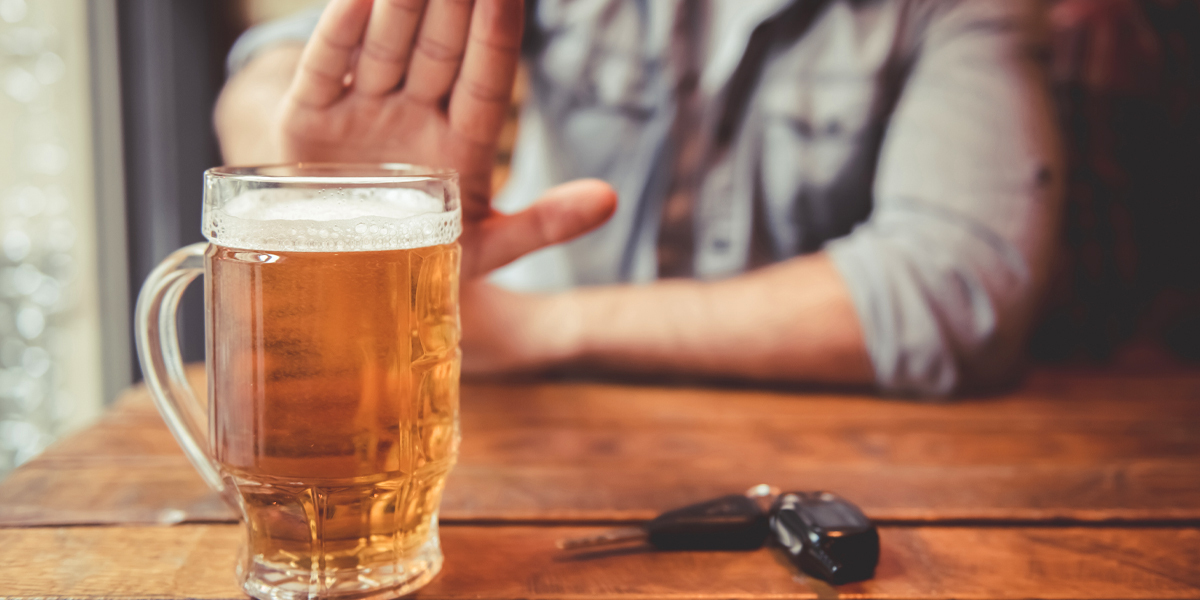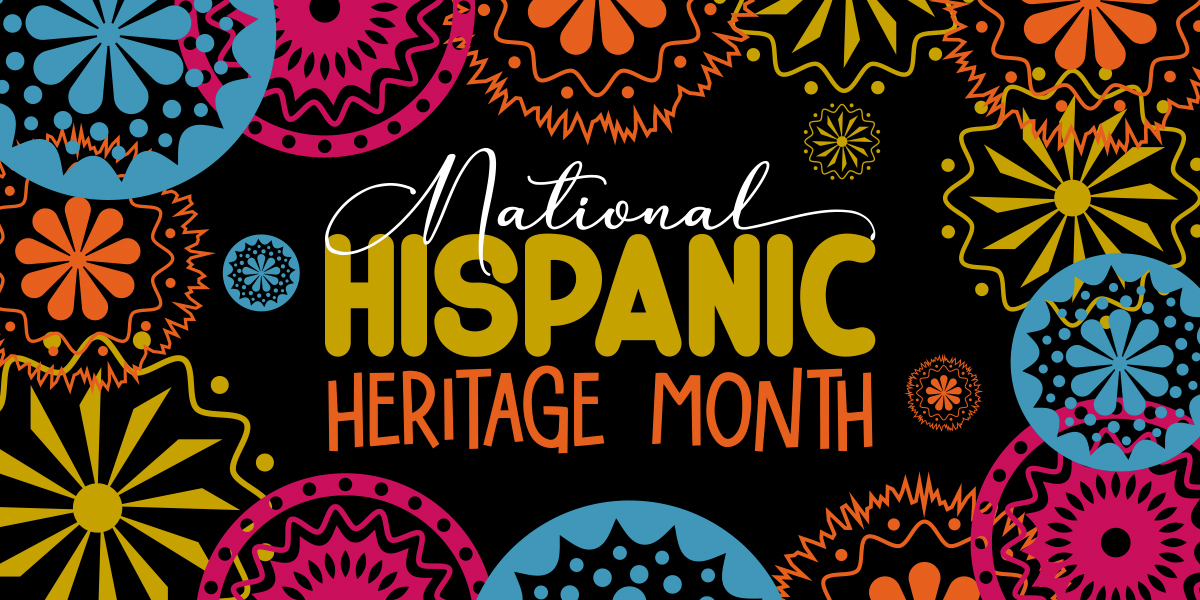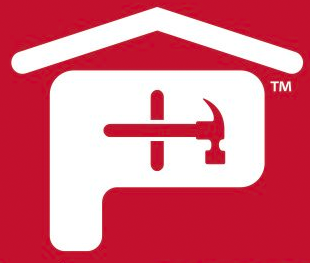

Resources to Turn the Tide
For years, construction work, including roofing, has ranked among the top professions prone to alcohol and substance abuse. Construction workers endure high-stress, and physically demanding jobs. Drinking to blow off steam and hang out with buddies is the norm – often a workplace culture.
Throughout April, National Alcohol Awareness Month, our Asphalt Life Community continues to seek ways to help offer resources to those who struggle with alcohol abuse. Researchers believe heavy drinking in the industry happens, in part, because not enough has been done to discourage it.
Is It Me? Alcohol Abuse in the Roofing Industry
According to the Substance Abuse and Mental Health Services Administration (SAMHSA), construction workers consume, on average, five or more alcoholic drinks at least five days a month. The construction industry, including roofing, has the second-highest rate of past-month heavy alcohol use among full-time workers aged 18 to 64.
In a recent interview with Dmitry Lipinskiy, Roofing 101’s Graham Dessert described his past problems with alcohol. He shared advice for anyone going through the same battle who may have people pulling them down.
“Anyone who pulls you back should not be in your circle,” Dessert said. “There is a better life outside drinking and alcohol, especially if it’s a problem.”
Heavy drinking impacts job performance, home life and physical and mental health, leading to depression and suicide. Up to one-third of all reportable incidents on construction sites are drug- or alcohol-related. Construction workers — more specifically, men in the construction field — face a suicide rate that is four times higher than the U.S. average and five times greater than all construction fatalities combined. This issue hits particularly close to home for many in the Asphalt Life community. Unfortunately, Atlas Roofing’s Director of Operations Rick Gelatka, recently lost his son due to suicide and substance abuse. Read the full article on Rick’s story.
Studies suggest construction workers turn to alcohol because they face an enormous amount of stress both on and off the job from injuries, mental health issues, tight deadlines, long hours, fatigue and dangerous work conditions, to name a few. The stress can lead to alcohol and drug use as a coping mechanism. Grabbing drinks after work or taking a six-pack home has become accepted – and possibly even expected – among workers.
“Don’t be too prideful. Seek help,” Dessert said. Click here to watch his full interview with Dmitry Lipinskiy.
Ending the Drinking Culture
Driving a full-scale cultural shift can be daunting for many. Instead, try reducing personal drinking habits by:
- Practicing saying no—
Saying no to a drink can be tricky, particularly when the whole work team is going out. Consider saying: “I’m driving,” “I want to keep my head clear,” “I’m not drinking,” or “I’m on a health kick.” - Starting and finishing the night with a non-alcoholic drink—
With a non-alcoholic drink in hand, friends and co-workers will be less likely to offer an alcohol alternative. - Considering going “sober curious”—
The sober curious movement started as a result of Ruby Warrington’s 2018 book, “Sober Curious: The Blissful Sleep, Greater Focus, Limitless Presence, and Deep Connection Awaiting Us All on the Other Side of Alcohol.” The theory encourages individuals to question the drinking culture and the impact of alcohol use personally.
Small changes can have significant impacts, such as:
- Holding sober-friendly events—
Instead of grabbing a few beers after work, consider non-alcoholic drinks and food. Or choose a venue for an experience rather than alcohol, such bowling alleys or golf shooting ranges. - Developing an employee assistance program (EAP)—
EAPs can be a lifeline for employees who are struggling with alcoholism, mental health problems or any other life strain. Look to health insurance companies and mental health providers for help establishing an EAP. Make sure employees understand EAPs are confidential. - Providing other resources for help—
Post information about where to seek help, such as:- The National Institute on Alcohol Abuse and Alcoholism’s (NIAAA) Alcohol Treatment Navigator showcases various treatment options. The NIAAA also provides step-by-step directions for finding and getting help.
- Substance Abuse and Mental Health Services Administration’s (SAMHSA) National Helpline (1-800-662-HELP [4357]) – a free, confidential, 24-hour service for individuals and family members for information about substance abuse disorders.
- Alcoholics Anonymous (AA) provides information about meetings and sponsors across the United States.
If you, a co-worker or a friend is struggling with alcohol dependency, seek help immediately.









 Gear!
Gear! PRO LOGIN
PRO LOGIN